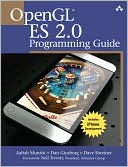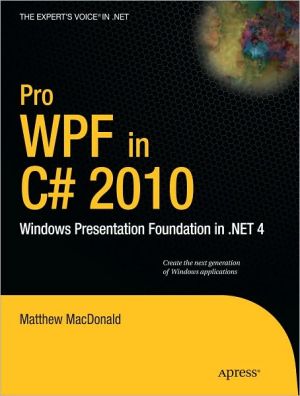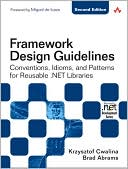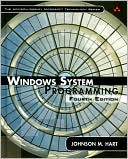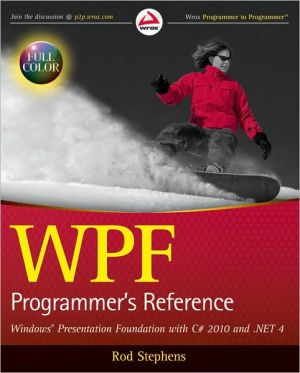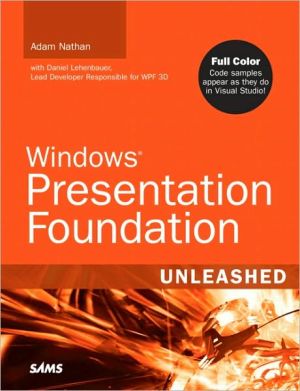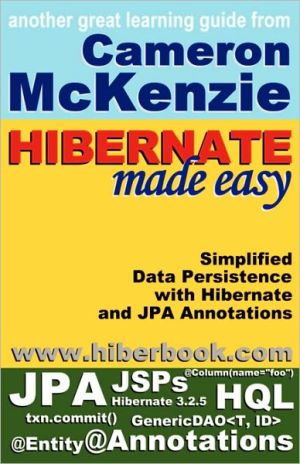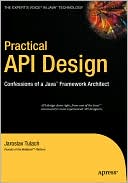Open GL ES 2.0 Programming Guide (OpenGL Series)
Search in google:
OpenGL ES 2.0 is the industry’s leading software interface and graphics library for rendering sophisticated 3D graphics on handheld and embedded devices. With OpenGL ES 2.0, the full programmability of shaders is now available on small and portable devices—including cell phones, PDAs, consoles, appliances, and vehicles. However, OpenGL ES differs significantly from OpenGL. Graphics programmers and mobile developers have had very little information about it—until now. In the OpenGL® ES 2.0 Programming Guide, three leading authorities on the Open GL ES 2.0 interface—including the specification’s editor—provide start-to-finish guidance for maximizing the interface’s value in a wide range of high-performance applications. The authors cover the entire API, including Khronos-ratified extensions. Using detailed C-based code examples, they demonstrate how to set up and program every aspect of the graphics pipeline. You’ll move from introductory techniques all the way to advanced per-pixel lighting, particle systems, and performance optimization. Coverage includes:Shaders in depth: creating shader objects, compiling shaders, checking for compile errors, attaching shader objects to program objects, and linking final program objectsThe OpenGL ES Shading Language: variables, types, constructors, structures, arrays, attributes, uniforms, varyings, precision qualifiers, and invarianceInputting geometry into the graphics pipeline, and assembling geometry into primitivesVertex shaders, their special variables, and their use in per-vertex lighting, skinning, and other applicationsUsingfragment shaders—including examples of multitexturing, fog, alpha test, and user clip planesFragment operations: scissor test, stencil test, depth test, multisampling, blending, and ditheringAdvanced rendering: per-pixel lighting with normal maps, environment mapping, particle systems, image post-processing, and projective texturingReal-world programming challenges: platform diversity, C++ portability, OpenKODE, and platform-specific shader binaries
1 Introduction to OpenGL ES 2.0 12 Hello Triangle : an OpenGL ES 2.0 example 193 An introduction to EGL 354 Shaders and programs 575 OpenGL ES shading language 776 Vertex attributes, vertex arrays, and buffer objects 1017 Primitive assembly rasterization 1278 Vertex shaders 1479 Texturing 18110 Fragment shaders 21511 Fragment operations 23312 Framebuffer objects 25313 Advanced programming with OpenGL ES 2.0 27914 State queries 32315 Open GL ES and EGL on handheld platforms 339A Glöhalföfloatöoes 353B Built-in functions 357C Shading language grammar 375D ES framework API 385Index 395
